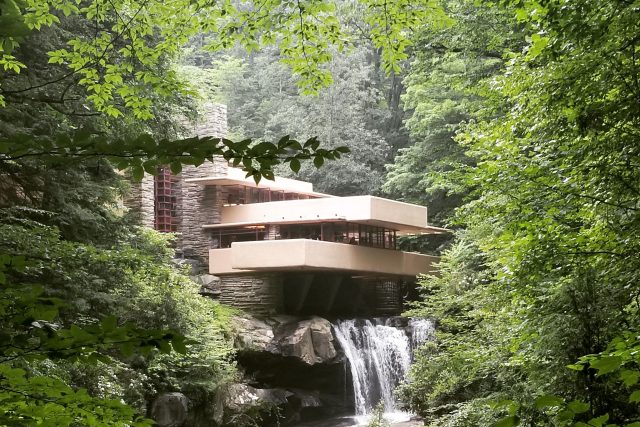Postmodern design emerged as a critical response to the modernist movement that dominated the 20th century. Architects, artists, and designers sought to challenge the strict form-follows-function principles that had defined modernist design, instead embracing a more eclectic and individualistic approach.
What is postmodern design?
Postmodern design can be difficult to define because it encompasses so many different styles and movements. However, at its core, postmodern design seeks to subvert the dominant paradigms of modernism by challenging the idea that form should always follow function.
In the postmodern era, designers began to incorporate historical references, cultural influences, and personal expression into their work. They also rejected the notion that there was one objective truth or style, instead embracing the idea that all styles and influences were equally valid.
Characteristics of postmodern design:
- Historical references: Postmodern design often draws from historical styles and motifs, using them in new and unexpected ways. For example, a postmodern building might incorporate elements of classical architecture, such as columns and pediments, but in a playful and ironic way.
- Playfulness: Postmodern design often incorporates humor, irony, and whimsy. It may use bright colors, bold patterns, and unexpected materials to create a sense of playfulness and irreverence.
- Multiculturalism: Postmodern design often draws from a variety of cultural influences, blending them together in unique and creative ways. For example, a piece of postmodern furniture might combine elements of Japanese, African, and Scandinavian design.
- Emphasis on individualism: Postmodern design celebrates individual expression and creativity, rejecting the idea that there is one “correct” style or approach.
Examples of postmodern design:
Postmodern design has been influential in a variety of fields, including architecture, art, fashion, and graphic design. Here are a few examples of noteworthy postmodern works:
Architectures:
- Portland Building (Portland, Oregon): Designed by Michael Graves in 1982, the Portland Building is a landmark of postmodern architecture. Its colorful facade, bold patterns, and playful use of historical references make it a classic example of postmodern design.
- Piazza d’Italia (New Orleans, Louisiana): Designed by Charles Moore in 1978, the Piazza d’Italia is an example of postmodern urban design. Its references to Italian architecture and incorporation of water features and sculptures make it a memorable and unique public space.
- AT&T Building (New York City): Designed by Philip Johnson and John Burgee in 1984, the AT&T Building was one of the first postmodern skyscrapers. Its Chippendale-style pediment and classical references set it apart from the glass and steel modernist skyscrapers that dominated the skyline.
Art:
- Marilyn Diptych (1962) by Andy Warhol: Warhol’s famous painting of Marilyn Monroe is a classic example of postmodern art. By repeating the image of Monroe and using bright, contrasting colors, Warhol challenges the traditional notions of art and celebrity.
- Pretty Vacant (1977) by Jamie Reid: Reid’s graphic design work for the Sex Pistols, including the album cover for Pretty Vacant, is a classic example of postmodern design. Its use of collaged imagery, punk aesthetic, and political messages challenge traditional design conventions.
Postmodernism is a complex and multifaceted movement that has had a significant impact on design in the late 20th and early 21st centuries. By challenging the dominant paradigms of modernism, postmodern designers have embraced individualism, multiculturalism, and creativity in their work. From architecture to art to graphic design, postmodernism continues to influence and inspire designers around the world.



Hottest Posts
Floor lamp / Lighting
Illuminate Your Space with an Ink Pattern Glass Floor Lamp
Floor lamp / Lighting
Introducing the New Chinese Rattan Floor Lamp: A Stylish Addition to Your Home
Table lamp / Lighting
Timeless Elegance: Vintage Brass Gear Table Lamp
Pendant light / Lighting
Japanese Log Grid Ceiling Lamp: A Unique Lighting Option
Lighting / Pendant light
Bohemian-Inspired Chandeliers: Adding Colorful Flair to Your Space
Pendant light / Lighting
Enhancing Spaces with Modern LED Line Lights